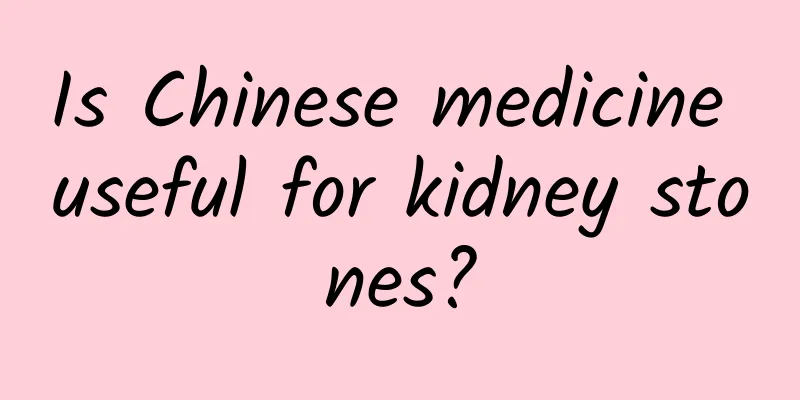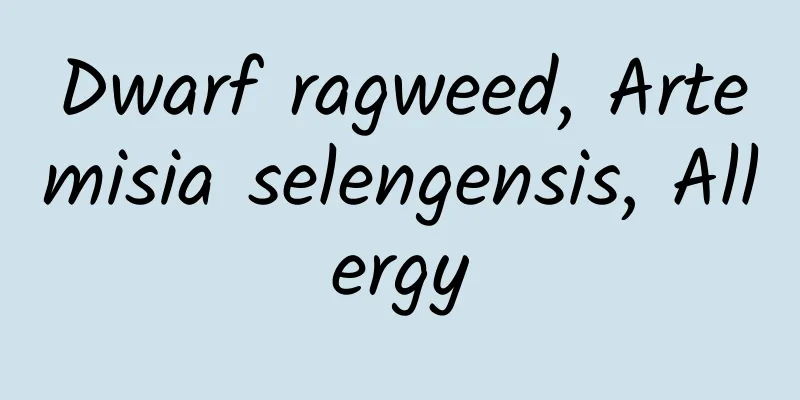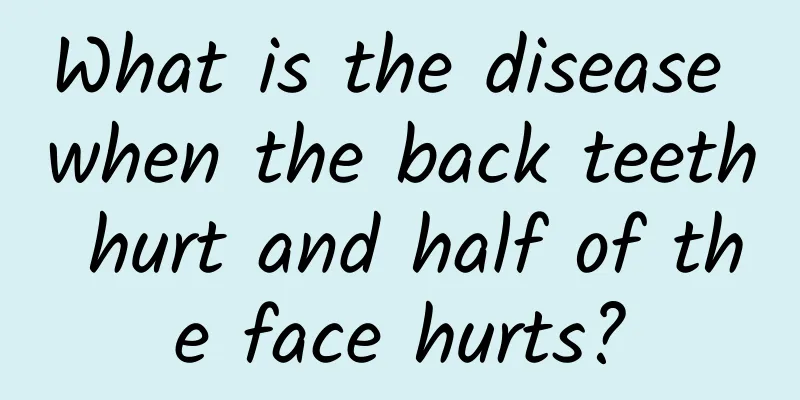What are the symptoms of eperythrozoonosis?

|
Eperythrozoonosis is an infectious disease caused by the parasitism of Eperythrozoon in human red blood cells. It is a zoonotic infectious disease. After becoming ill, patients will experience fever, fatigue, night sweats, and frequent drowsiness. More severe cases can cause anemia, jaundice, hepatosplenomegaly, and lymph node enlargement. Clinical manifestations The incubation period is 2 to 45 days. Most patients will not show clinical symptoms after being infected with Eperythrozoon. Eperythrozoonosis will only occur when the proportion of infected red blood cells reaches a certain level. Therefore, the severity of human Epetyomythrozoonosis varies and the clinical manifestations are diverse. The severity of the disease mainly depends on the strength of the infected person's immune function and the proportion of red blood cells infected by Erythrozoites. If the immunity is strong, only a small number of red blood cells (less than 30%) can be infected. At this time, the pathogen will only lurk in the body without causing the disease, and will be eliminated on its own after a period of time. However, in immunocompromised individuals or children, Erythrozoon may infect a larger number of red blood cells (30% to 60%), which will then cause clinical symptoms. If more than 60% of the red blood cells in the body are infected with Erythrozoites, more serious clinical symptoms will appear and may even lead to death. The main clinical manifestations are as follows. 1. Fever The body temperature is generally between 37.5℃ and 40℃, accompanied by sweating, joint pain, etc. 2. Anemia Anemia is the most common manifestation of this disease. In severe cases, the sclera and skin may turn yellow, and there may be symptoms such as general fatigue, drowsiness, and mental depression. 3. Swollen lymph nodes Some people develop superficial lymphadenopathy, usually in the neck. 4. Others There are also skin itching, hepatosplenomegaly, diarrhea (more common in children), hair loss, etc. treat Mainly symptomatic treatment and pathogen treatment. Commonly used antibiotics are: ① Tetracycline, once every 6 to 12 hours. (Not suitable for children, pregnant women and those with renal insufficiency). ②Doxycycline, once every 12 hours. (Not suitable for children under 8 years old). ③Gentamicin, intramuscular injection, once every 12 hours. ④Kanamycin, intramuscular injection, once every 8 hours. ⑤Levofloxacin, intravenous drip, once every 12 hours. |
<<: What are the symptoms of anal inflammation?
>>: What are the early symptoms of dandruff?
Recommend
How to treat migraines? Common Treatments for Migraines
Migraine is a common primary headache. Migraine u...
Level of mental disorder
Mental disorders are quite harmful to patients, m...
Dosage of Chinese medicine for children
We all know that children's physical resistan...
What causes headaches?
Poor sleep, high work pressure, neurasthenia and ...
What is a rash?
Rash is a skin lesion in medicine. Many diseases ...
What is brown discharge before period?
Menstruation is a sign of female maturity. It is ...
What are the hazards of burning garbage to the human body?
Now the whole world is advocating environmental p...
What causes nipple pain?
Women must pay special attention to their breast ...
Can high muscle tension in babies be cured?
The symptom of high muscle tone in infants can be...
How to recover from aphasia caused by cerebral infarction? Three exercise methods
Cerebral infarction is a life-threatening disease...
What to do if there is intrauterine adhesion and scanty menstruation
Intrauterine adhesion is a gynecological disease....
What are the common dangers of pelvic effusion?
Women nowadays are both capable of both being a l...
The fastest treatment for cramps
Cramps are quite common in our daily life, especi...
What is the pain on the left side of the head?
The brain is one of the most important organs in ...
What causes yellowing of the whites of the eyes?
I don’t know when it started, but the area around...









